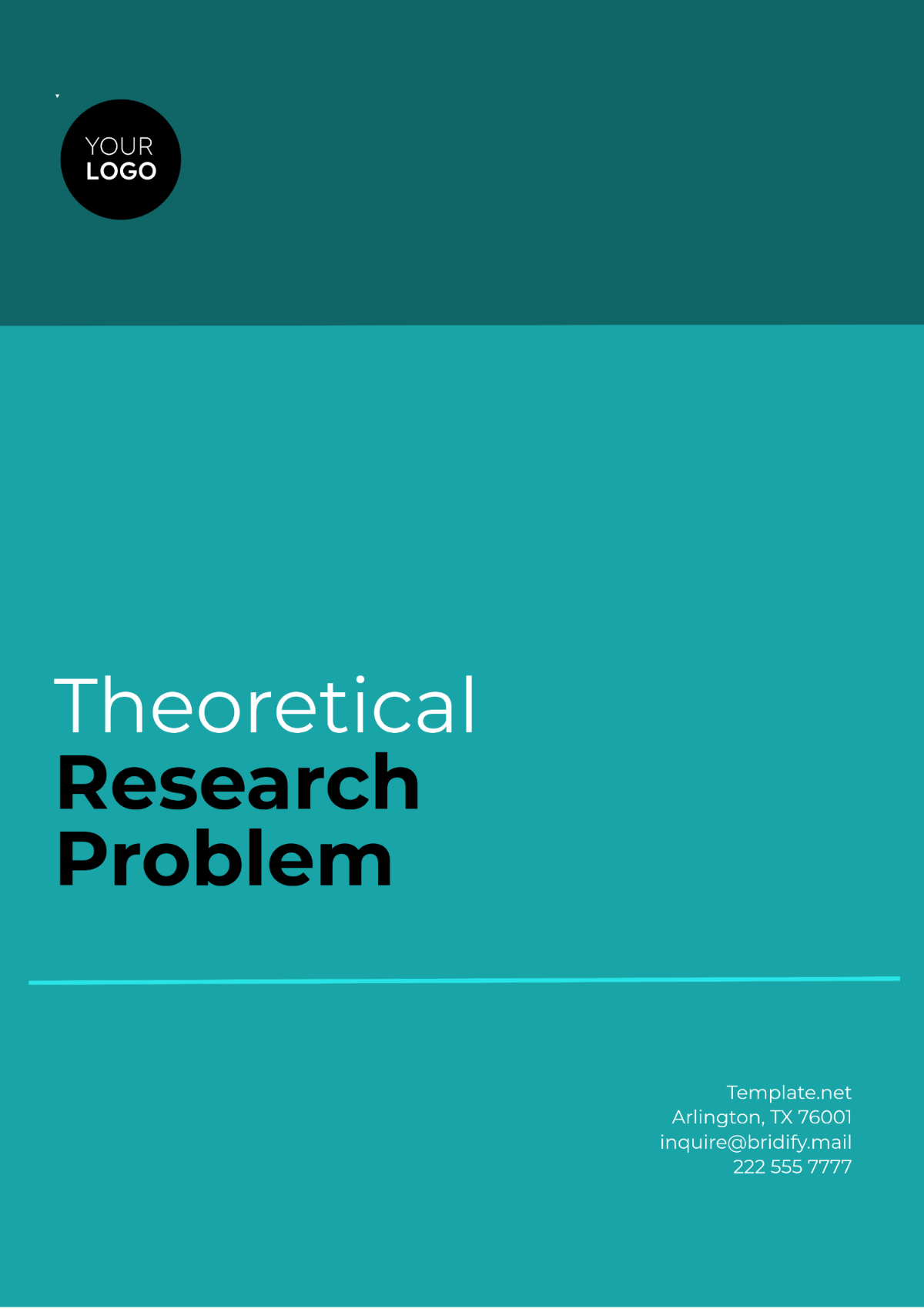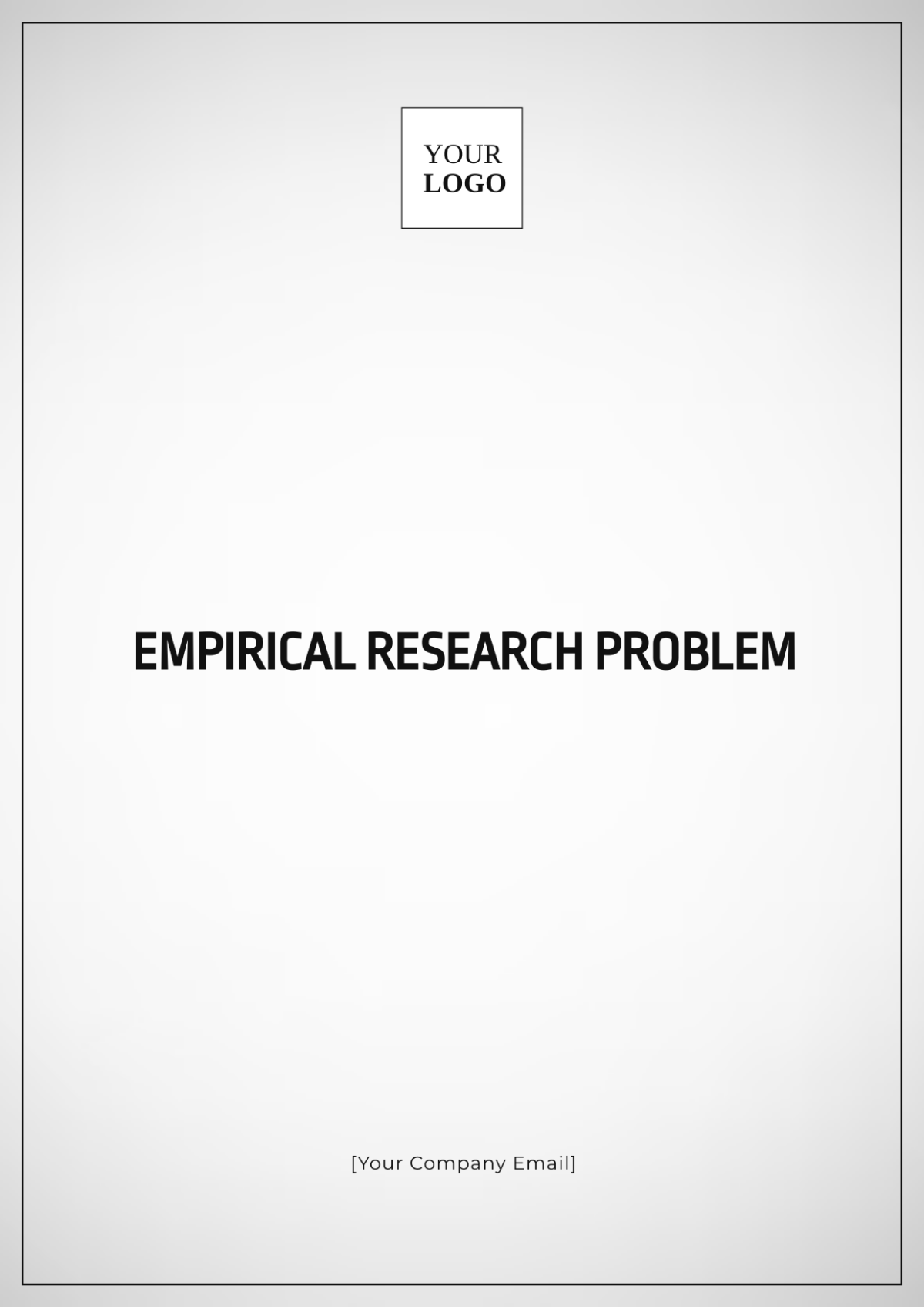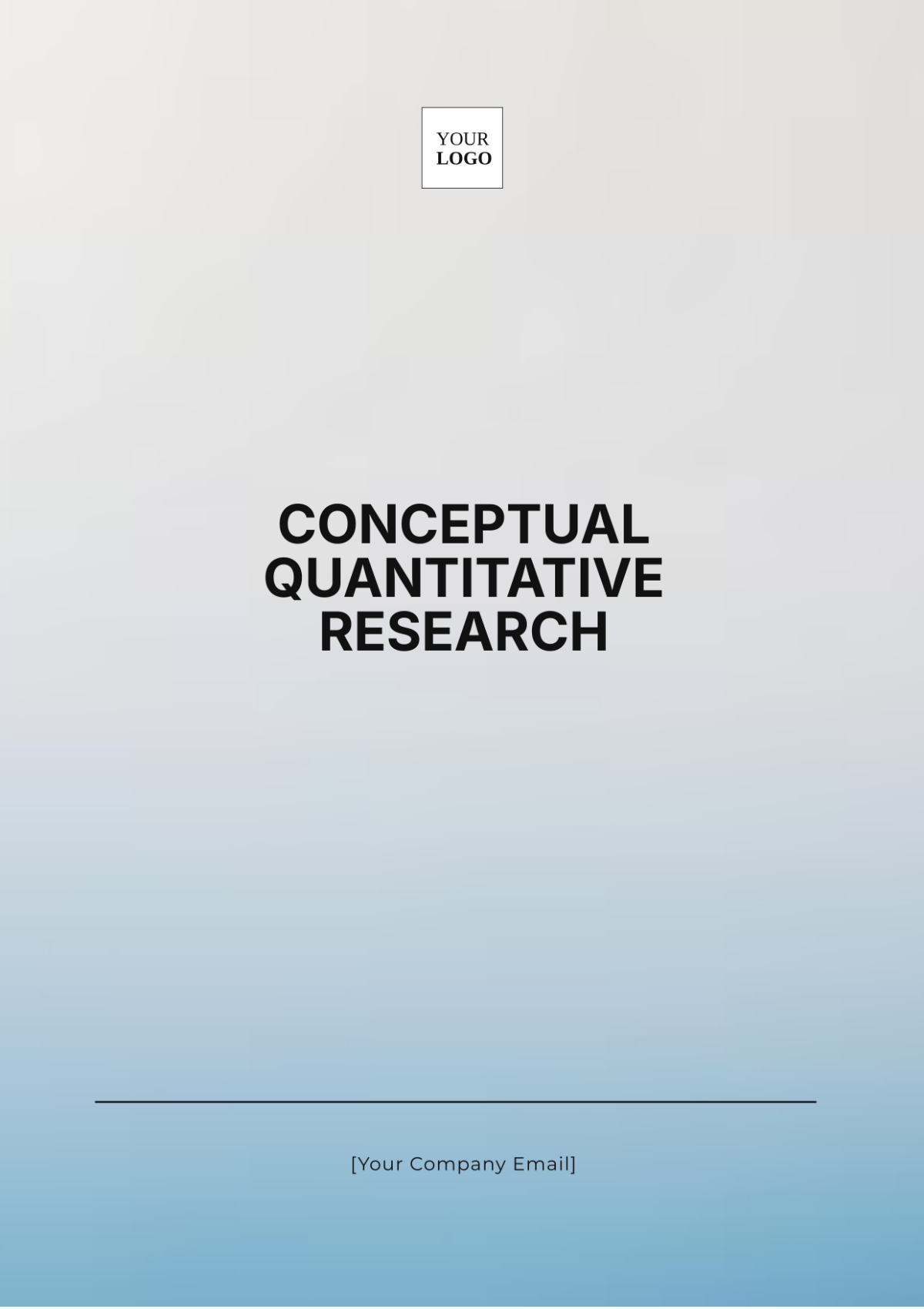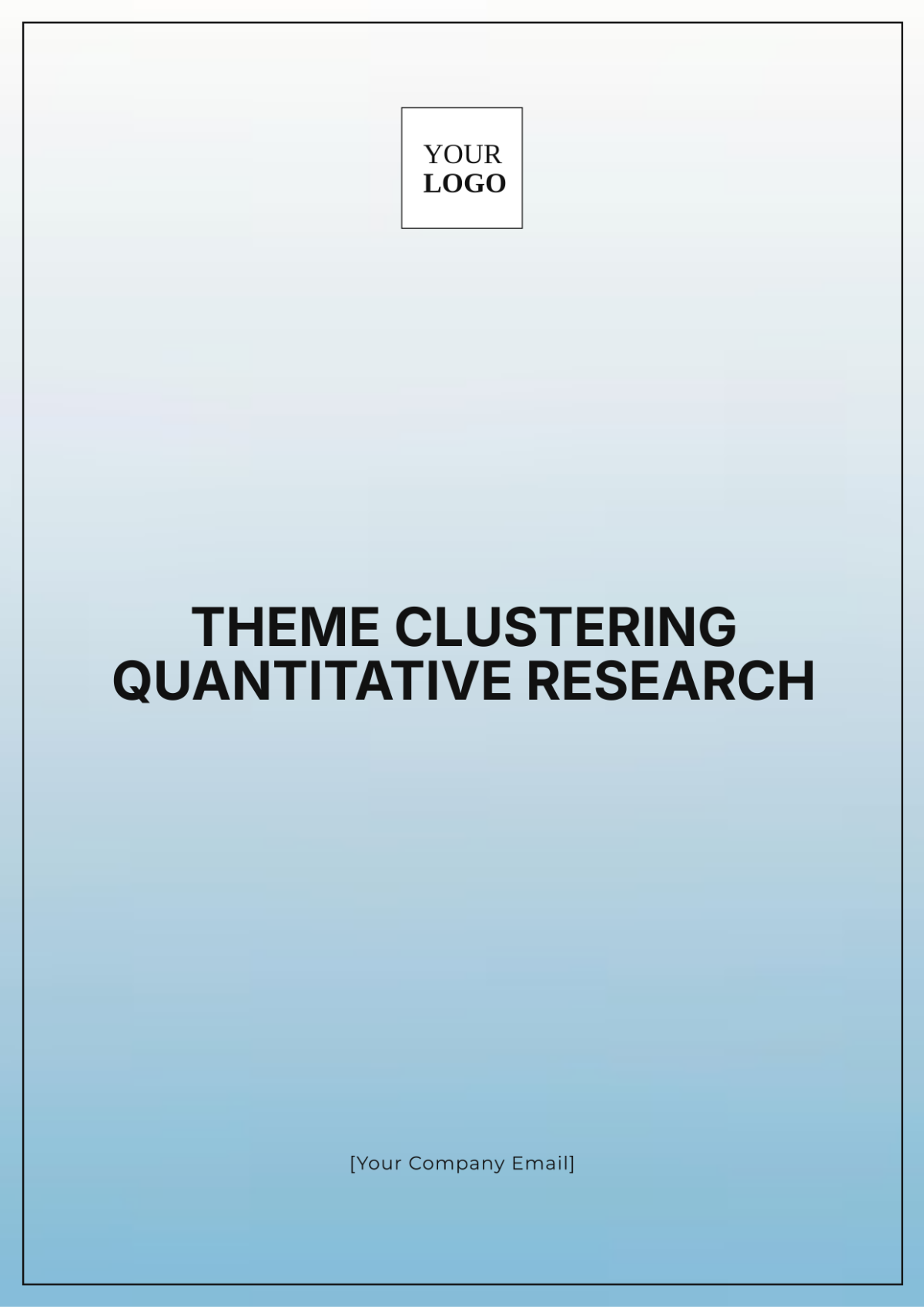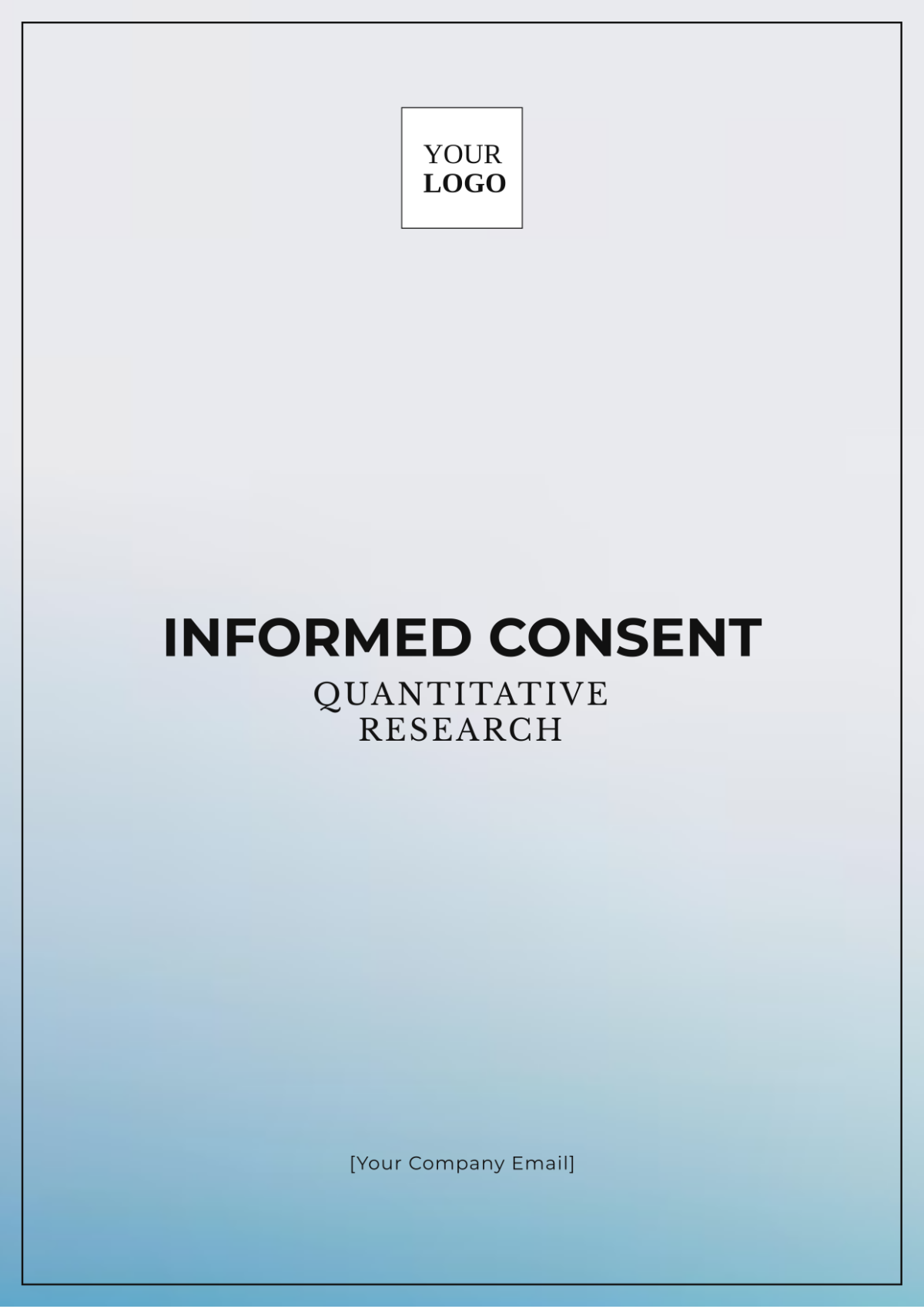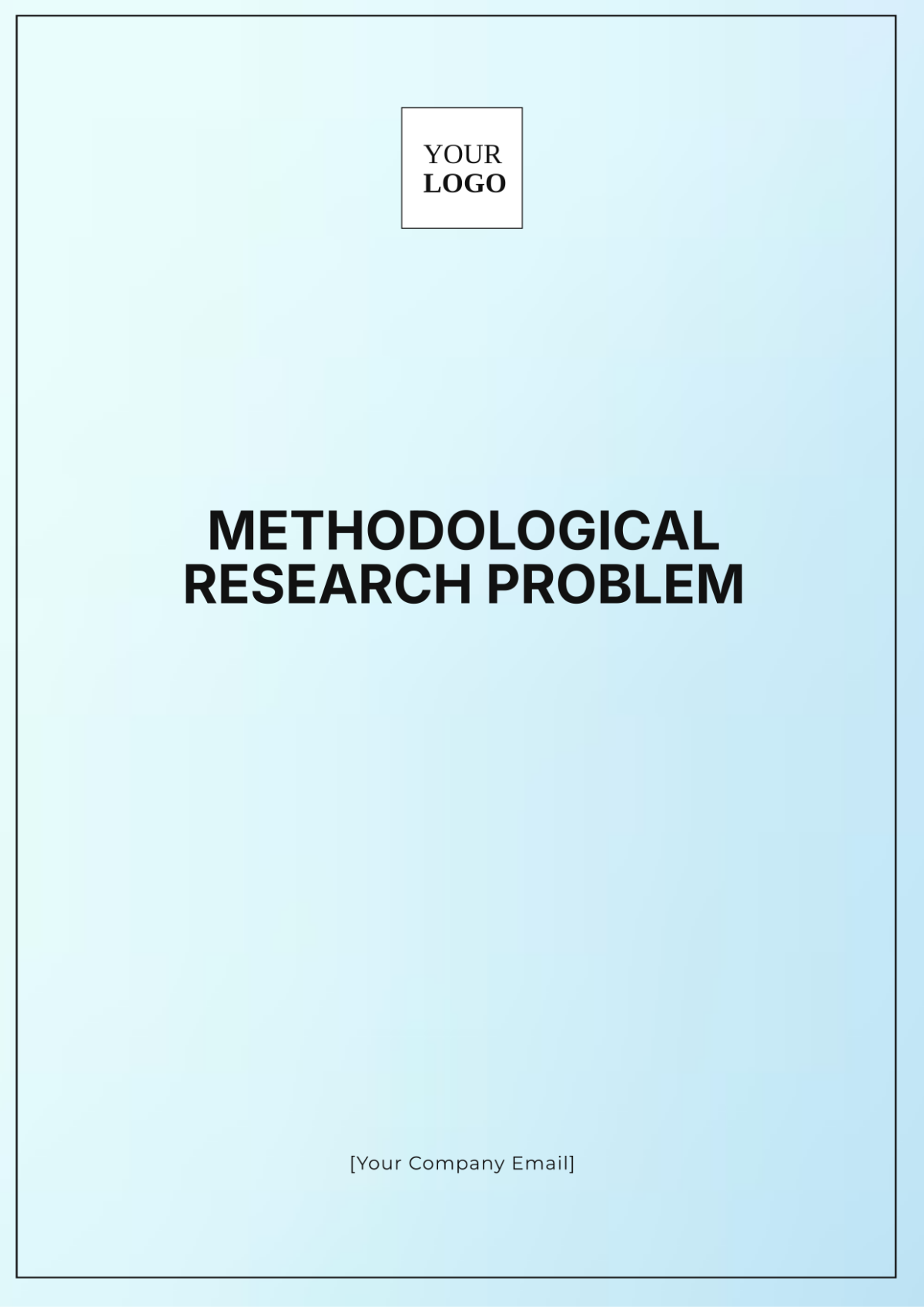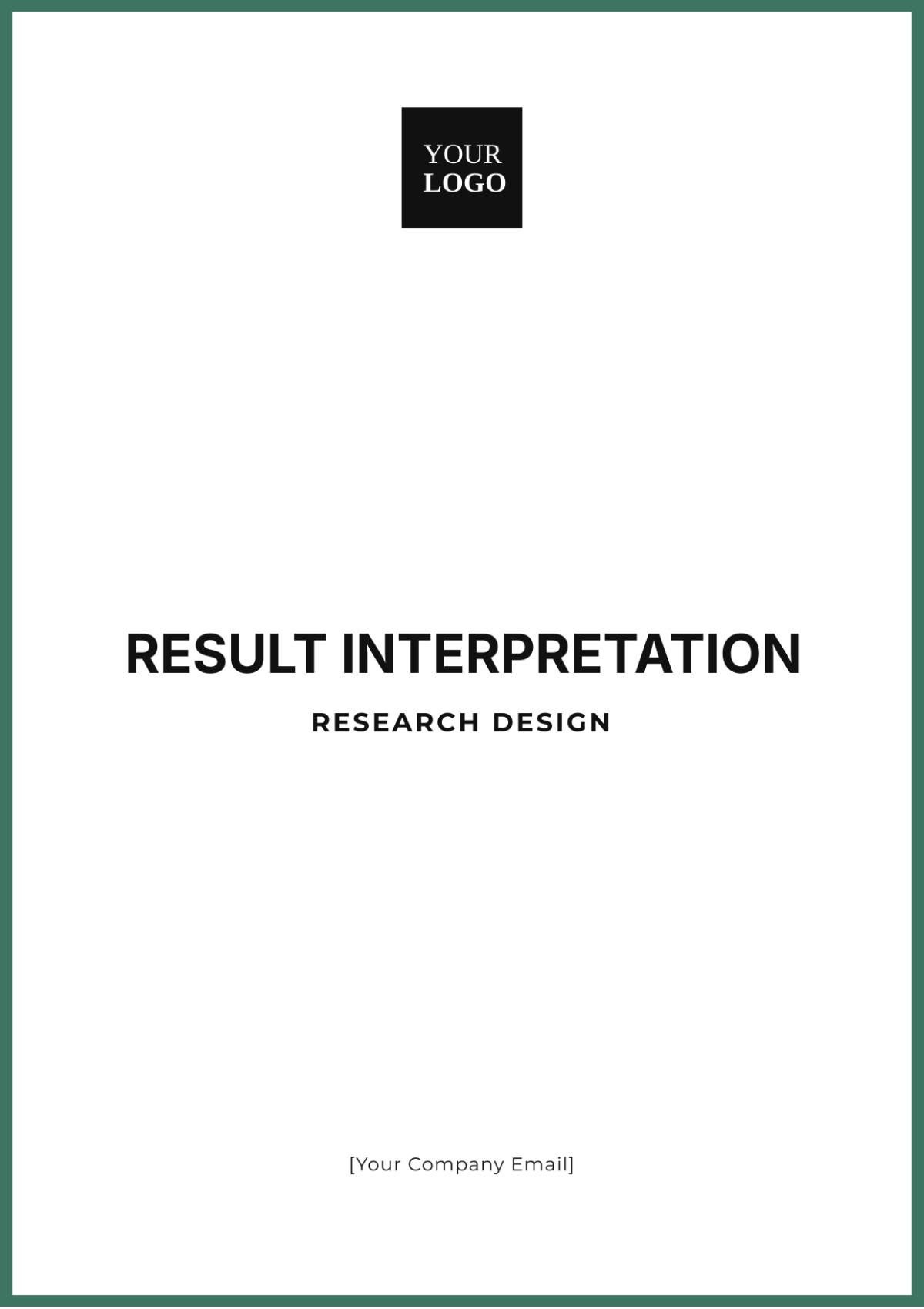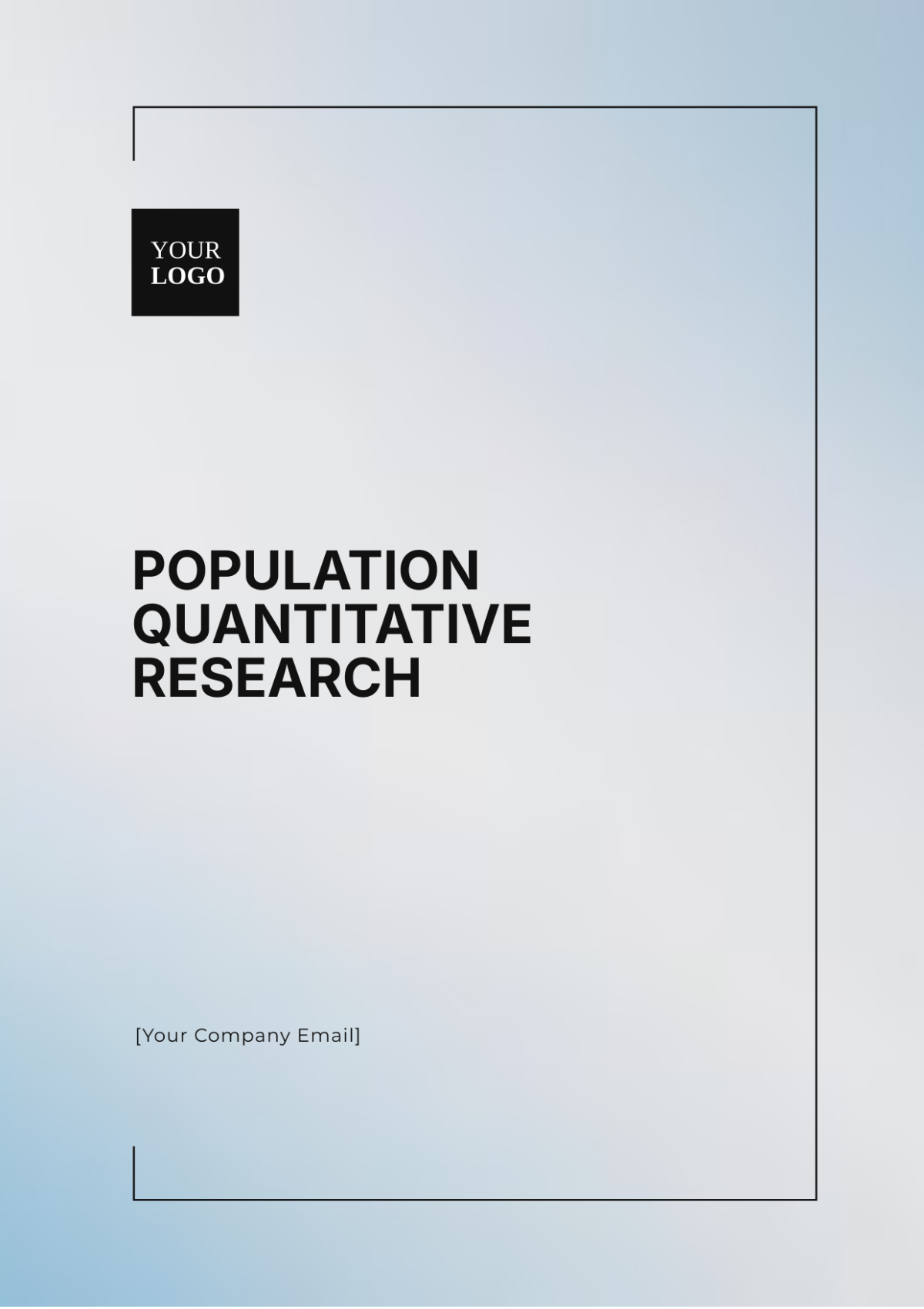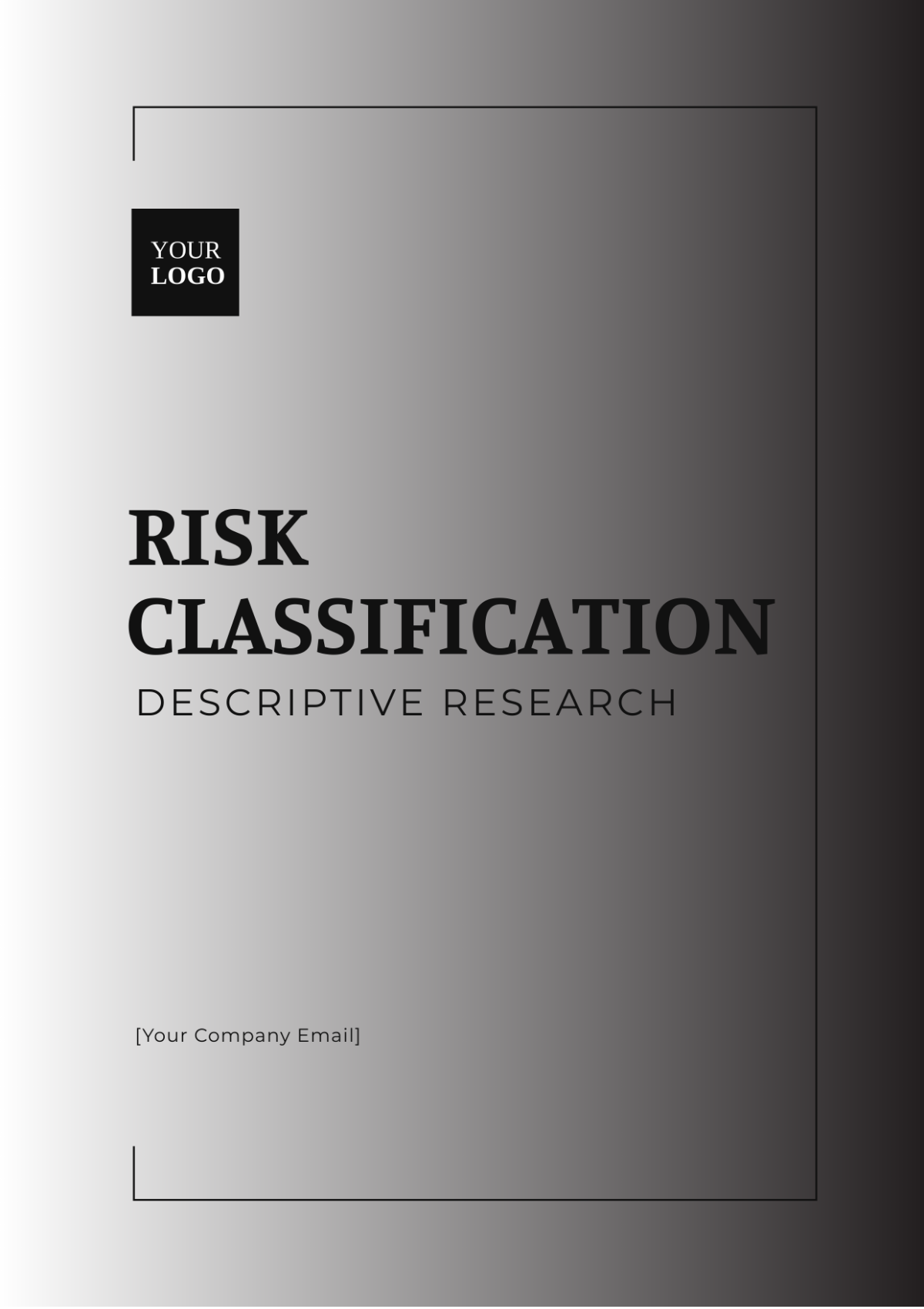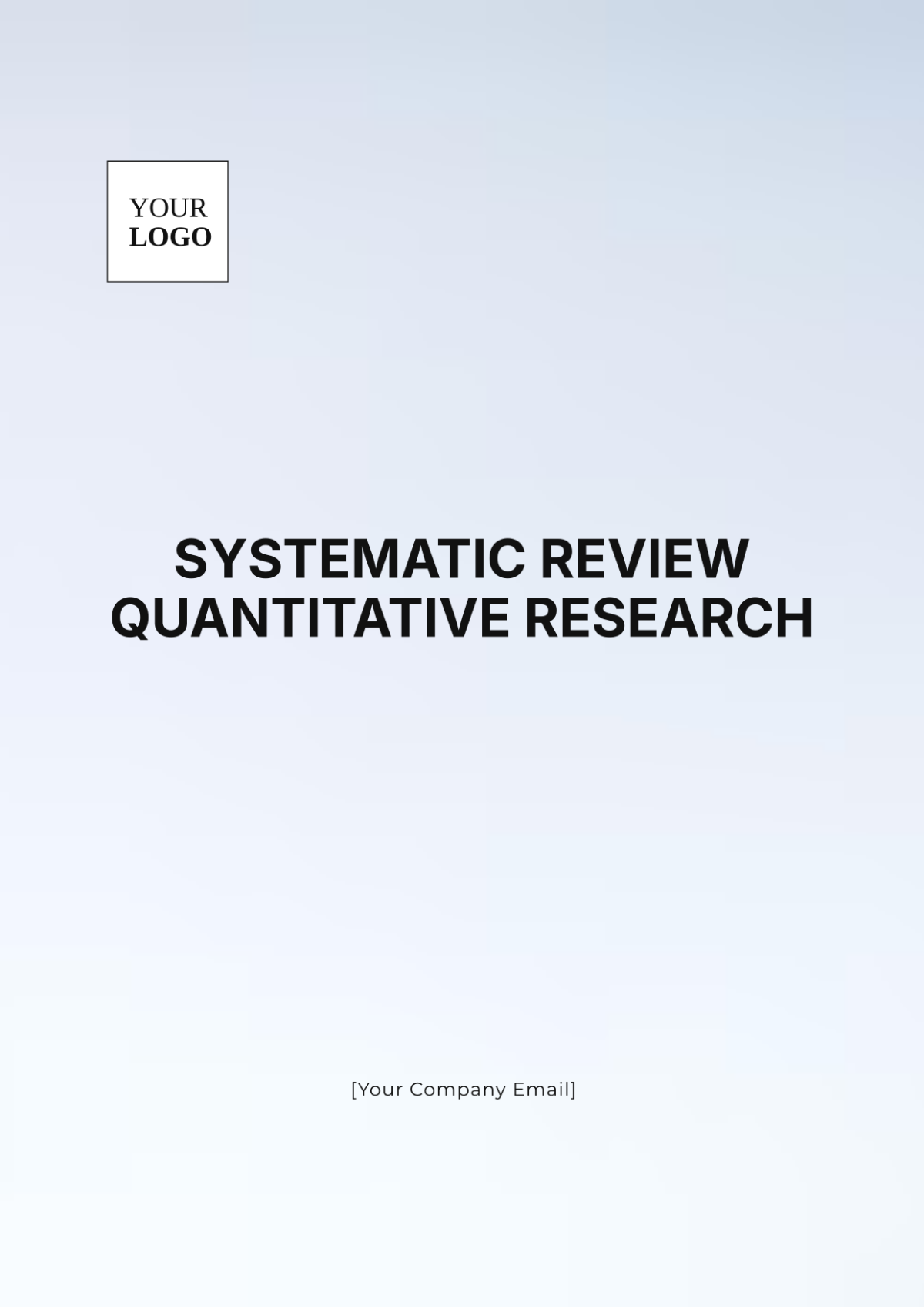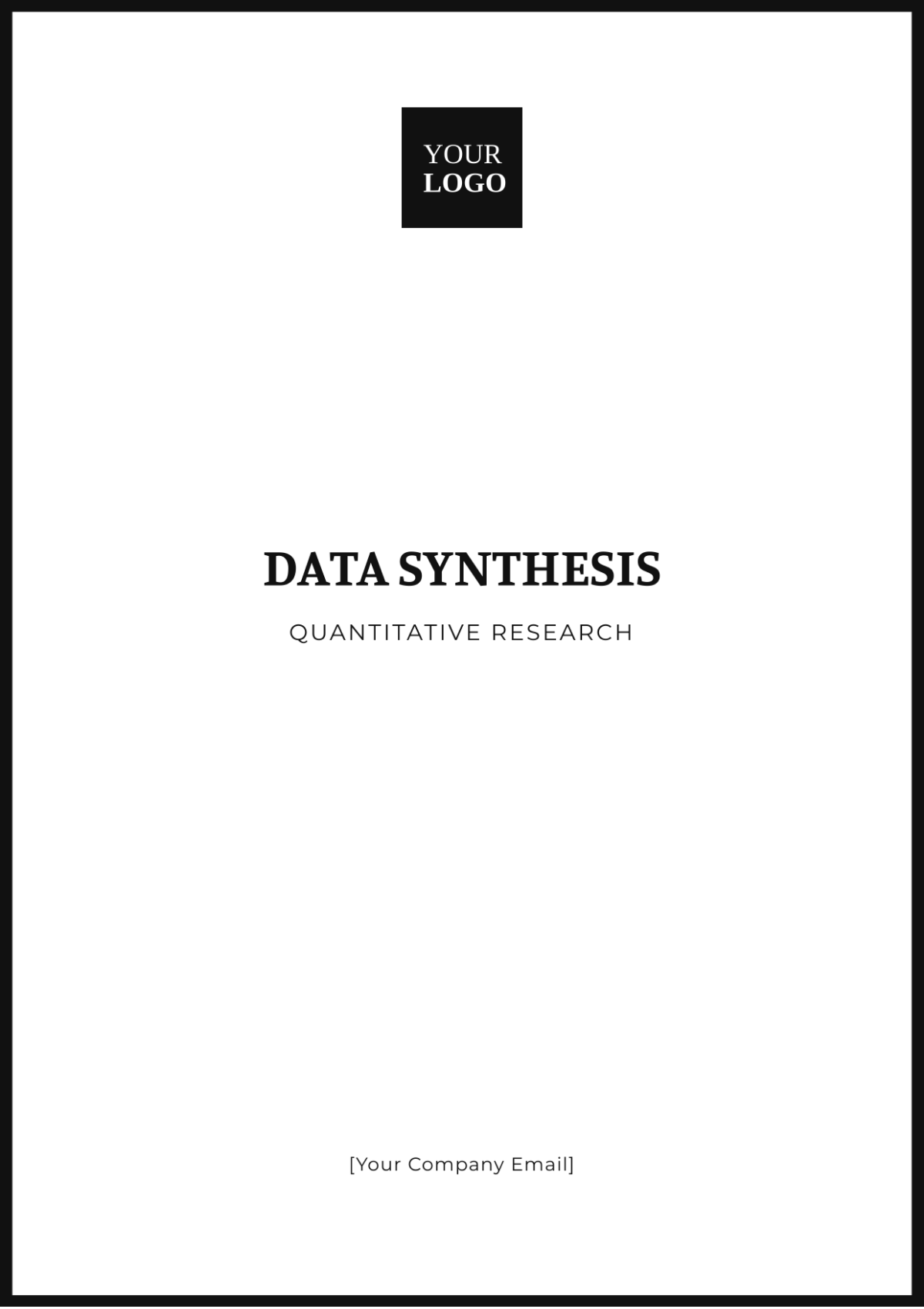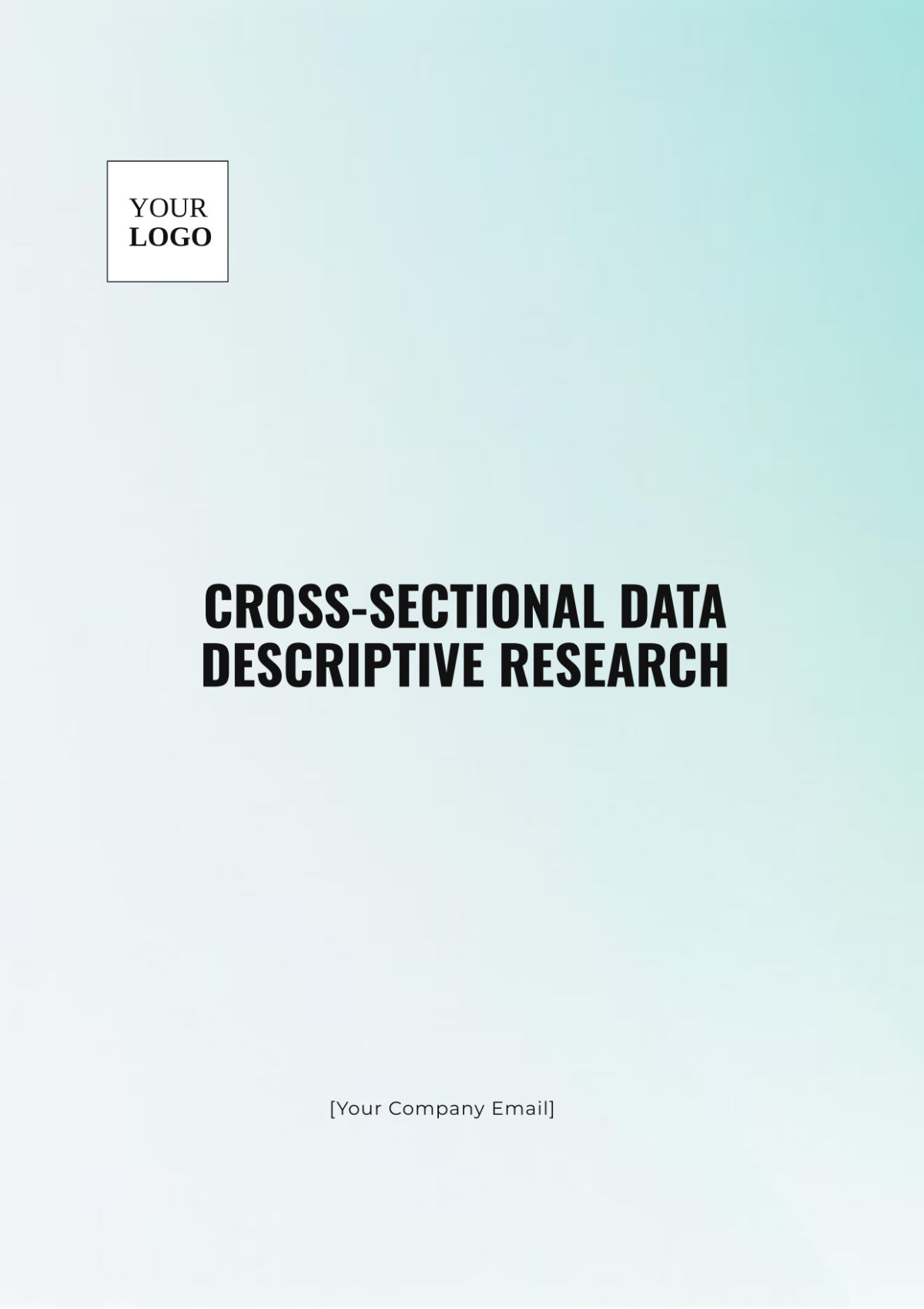Statistical Significance Quantitative Research
I. Introduction
Statistical significance in quantitative research involves the use of statistical methods to determine whether the results of a study or experiment are likely to be due to chance or represent a real effect. It quantifies the likelihood that the observed results are not random but reflect a true underlying pattern. This research delves into the importance of statistical significance, methods for determining it, and its application in quantitative research.
II. Understanding Statistical Significance
Statistical significance is a mathematical measure that helps researchers determine whether their hypotheses and findings are credible. By calculating the probability that an observed effect occurred by chance, researchers can make informed decisions about the validity of their results. The commonly used threshold for statistical significance is a p-value less than 0.05.
III. Methods for Determining Statistical Significance
Hypothesis Testing: The cornerstone of statistical significance assessment. It involves setting up null and alternative hypotheses and using test statistics to determine whether to reject the null hypothesis.
p-Values: A p-value indicates the probability of obtaining the observed results, assuming that the null hypothesis is true. Lower p-values suggest stronger evidence against the null hypothesis.
Confidence Intervals: These provide a range of values within which the true population parameter likely lies. A confidence interval that does not include the null hypothesis value evidences statistical significance.
Effect Size: Measures the magnitude of the observed effect, indicating its practical significance, not just statistical significance.
IV. Application in Quantitative Research
Statistical significance plays a critical role in various domains of quantitative research, including:
Medical Research: Determining the effectiveness of treatments or interventions.
Social Sciences: Analyzing behavioral patterns and social phenomena.
Business and Economics: Evaluating market trends, consumer behavior, and economic policies.
V. Examples and Interpretation
Study | Hypothesis | p-Value | Result Interpretation |
|---|---|---|---|
Effect of a New Drug | No effect of the drug | 0.03 | Reject the null hypothesis; the drug effect is statistically significant. |
Consumer Behavior Analysis | No change in behavior | 0.08 | Fail to reject the null hypothesis; results are not statistically significant. |
VI. Challenges and Considerations
Despite its importance, statistical significance has inherent challenges and considerations that researchers must be aware of:
Sample Size: Larger samples increase the ability to detect small effects but may also lead to statistically significant yet practically insignificant results.
Multiple Comparisons: Conducting multiple tests increases the risk of Type I errors; adjustments like the Bonferroni correction are necessary.
p-Hacking: Manipulating data or results to achieve statistically significant findings undermines the research's credibility.
VII. Conclusion
Statistical significance is a pivotal concept in quantitative research, providing a basis for distinguishing between real effects and random variation. By employing methods such as hypothesis testing, p-values, confidence intervals, and effect sizes, researchers can draw more reliable and valid conclusions. Nevertheless, researchers must also be cautious of the challenges and ethical considerations inherent in the interpretation and reporting of statistical significance.
VIII. References
Smith, J. A. (2050). Understanding statistical significance in research. Academic Press.
Doe, R. (2050). Statistical methods for quantitative research. Springer.
Johnson, T. R., & Lee, S. K. (2050). The role of p-values and confidence intervals in research. Research Methods Quarterly, 56(4), 78-89.





